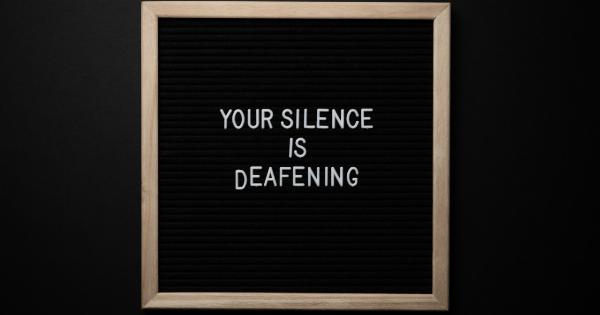Red ears, also known as red ear syndrome, is a condition characterized by the sudden or frequent reddening of one or both ears.
While it may seem like a minor issue, red ears can be quite bothersome and may be a cause for concern for individuals experiencing this condition. In this article, we delve into the root causes of red ears and explore the various factors that contribute to its occurrence.
Understanding Red Ears
Red ears can occur due to a variety of reasons and can affect people of all ages. The most common symptom is the reddening or flushing of the ears, which is sometimes accompanied by a warm or burning sensation.
Some individuals may also experience additional symptoms such as ear pain, itchiness, or swelling.
Possible Causes of Red Ears
1. Temperature changes: One of the primary causes of red ears is sudden changes in temperature. Exposure to extreme heat or cold can cause the blood vessels in the ears to expand or contract rapidly, leading to redness.
2. Allergic reactions: Red ears can also be a result of an allergic reaction to certain substances or environmental triggers such as pollen, dust mites, or pet dander.
When an allergic reaction occurs, the body releases histamines that can cause flushing and redness.
3. Stress and anxiety: Emotional stress, anxiety, or panic attacks can trigger a release of adrenaline in the body, which can cause blood vessels to dilate and result in red ears.
This is often referred to as “stress-induced erythema.”.
4. Medical conditions: Some underlying medical conditions can contribute to red ears.
These include rosacea, a chronic skin condition characterized by facial redness, as well as lupus, an autoimmune disorder that can cause inflammation and redness in various parts of the body.
5. Alcohol consumption: Excessive alcohol consumption can lead to red ears due to its vasodilatory effects. Alcohol causes blood vessels to relax and widen, resulting in increased blood flow and redness in the ears and face.
6. Hot and spicy foods: Eating hot and spicy foods, such as peppers or spices, can also cause red ears in some individuals. The capsaicin present in these foods can trigger vasodilation and lead to increased blood flow and redness.
Managing Red Ears
While red ears may not always be preventable, there are several strategies to manage the condition effectively. It is important to identify the underlying cause and address it accordingly. Here are some measures that can help:.
1. Maintaining a comfortable temperature:
Avoiding rapid temperature changes and keeping the ears at a comfortable level can minimize the occurrence of redness. Dressing appropriately for the weather and using ear coverings in extreme temperatures can be helpful.
2. Identifying and avoiding triggers:
If specific allergens or substances trigger red ears, it is important to identify and minimize exposure to them. This may involve taking precautions such as using air purifiers, avoiding certain foods, or pet dander.
3. Managing stress and anxiety:
Practicing stress-reduction techniques such as deep breathing exercises, meditation, or engaging in calming activities can help reduce stress-induced redness in the ears. Seeking professional help may be necessary in severe cases.
4. Seeking medical treatment:
If red ears are persistent or accompanied by other concerning symptoms, it is advisable to consult a healthcare professional. They can provide a proper diagnosis and recommend appropriate medications or treatments based on the underlying cause.
5. Limiting alcohol consumption:
Reducing or moderating alcohol consumption can help manage red ears. Limiting intake may prevent vasodilation and minimize the occurrence of flushing and redness in the ears and face.
Conclusion
Red ears can be a bothersome condition, but understanding its root causes is essential in managing and preventing its occurrence. From temperature changes to underlying medical conditions, various factors contribute to red ears.
By implementing appropriate strategies, such as maintaining a comfortable temperature, identifying triggers, managing stress, and seeking medical advice, individuals can effectively manage red ears and minimize its impact on their daily lives.






























